Introduction
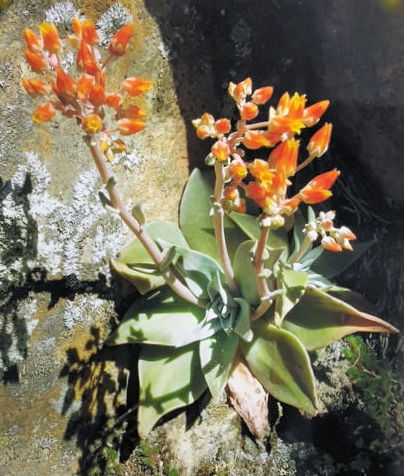
The South Yuba River State Park supports an intricate web of plant and animal life, from the plants that line the shore, to the wildflowers that cover the hillsides, to the insects, fish, amphibians, birds, and mammals that call this place their home. Designated as “Wild and Scenic”, the South Yuba River has been saved from several proposed dams, preserving both the riparian ecosystem and its scenic beauty.
Native Plants
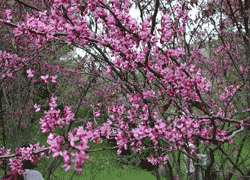
Legend has it that gray pines would sway and dance at night, but then freeze in position when the sun came up, resulting in their bent and wavy silhouettes. Other trees and shrubs in the river canyon include several varieties of oak trees, buckeye, ceanothus, redbud, spicebush, manzanita, and madrone. The California Department of Parks and Recreation takes an active role in protecting native plants from invasive species.
Wildflowers
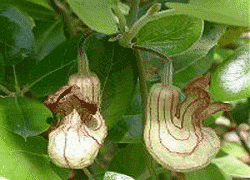
When spring arrives in the Nevada County foothills, there is no better way to welcome its arrival than with a walk among the lovely wildflowers at South Yuba River State Park. The canyon walls erupt in a colorful display of wildflowers. The Buttermilk Bend Trail is famous for the many species that bloom on its hills and slopes. On spring weekends docents lead wildflower walks each Saturday at 10:00 AM and Sunday at 11:00 AM starting at the North Parking Lot.
Current wildflower walk schedule...
Printable Guide To Spring Flowering Plants...
Early Season Wildflowers Reference Guide...
Insects
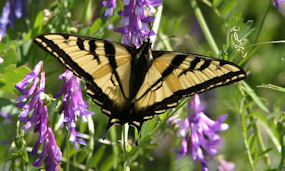
A wide variety of insects emerge throughout the seasons on the South Yuba River, from the native bees in spring to the rain beetles in winter. Each insect plays a vital role in the food web as a plant pollinator or an important source of food for fish, reptiles, amphibians, or birds. Take time to discover the shapes, colors, and sounds of these fascinating little creatures.
Fishes
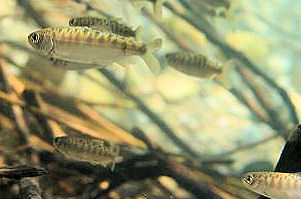
The South Yuba River historically hosted one of the greatest and most fantastic fisheries in the world. It included 12-foot sturgeon, lamprey eels, steelhead trout, and giant salmon so dense one could almost walk on their backs from bank to bank. Today, there are many species of fish in the park. Some, such as bullhead, bass, carp and sunfish are introduced from distant locales, but a few native species remain.
Mammals
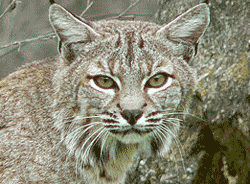
The South Yuba River canyon provides excellent wildlife viewing for those who are patient. Commonly seen mammals include Ground and Western Grey Squirrels, Mule Deer, Raccoons, Skunks, and perhaps, for a lucky visitor, an elusive sighting of a Bobcat, Grey Fox, or even a Mountain Lion.
Reptiles & Amphibians
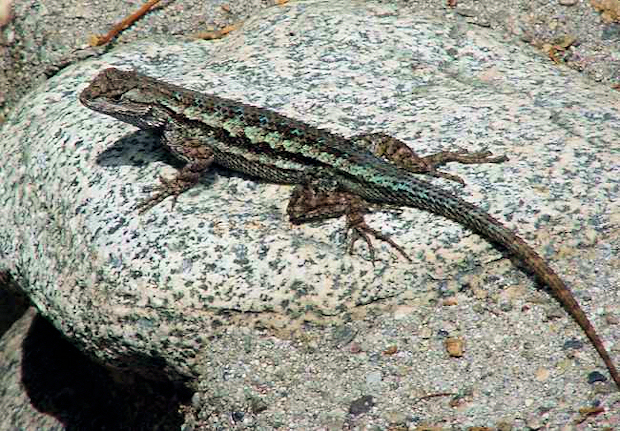
In the winter, the Sierra Newt can often be found swimming in the shallow side waters of the river while looking for a prospective mate. In early spring, the Pacific Tree Frog can be heard in repeated, noisy choruses of “wreck-eck”. Reptiles are amply represented in and around Bridgeport. The friendly Sierra Fence Lizard can be spotted along the top of the rock walls performing pushups while displaying his distinctive blue belly. And, with a bit of effort, it is always possible to spot a Mountain Garter snake or even a Northern Pacific Rattlesnake quietly sunning itself on top of a rock.
Birds
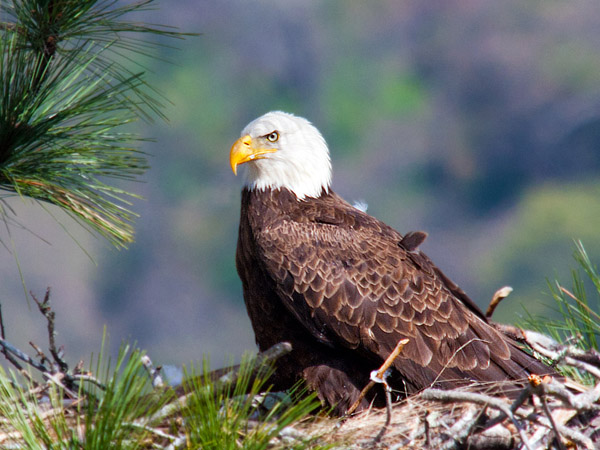
The South Yuba River is home to a large number of bird species and is also a stopover point for many more migrating birds. As you walk through the park, stop, look, and listen. You may be treated to the sights and sounds of some of the park´s most elusive residents–birds. Stand quietly along the riverbank and you may hear the clattering call of a Song Sparrow. Pause as you walk along the rock wall and a Hermit Thrush may pop out from its hiding place. Look up! On most days you will see Turkey Vultures circling high overhead or possibly a Red-tailed Hawk soaring above the treetops. Binoculars and a field guide will help you identify Bridgeport´s birds, but keep in mind that you do not need to name the birds to enjoy their beauty.
Month-by-month listing of common and uncommon birds seen in the park.
Bridgeport Birds By The Month...
A comprehensive listing of the birds most commonly seen at Bridgeport
Additional bird information is available through the
